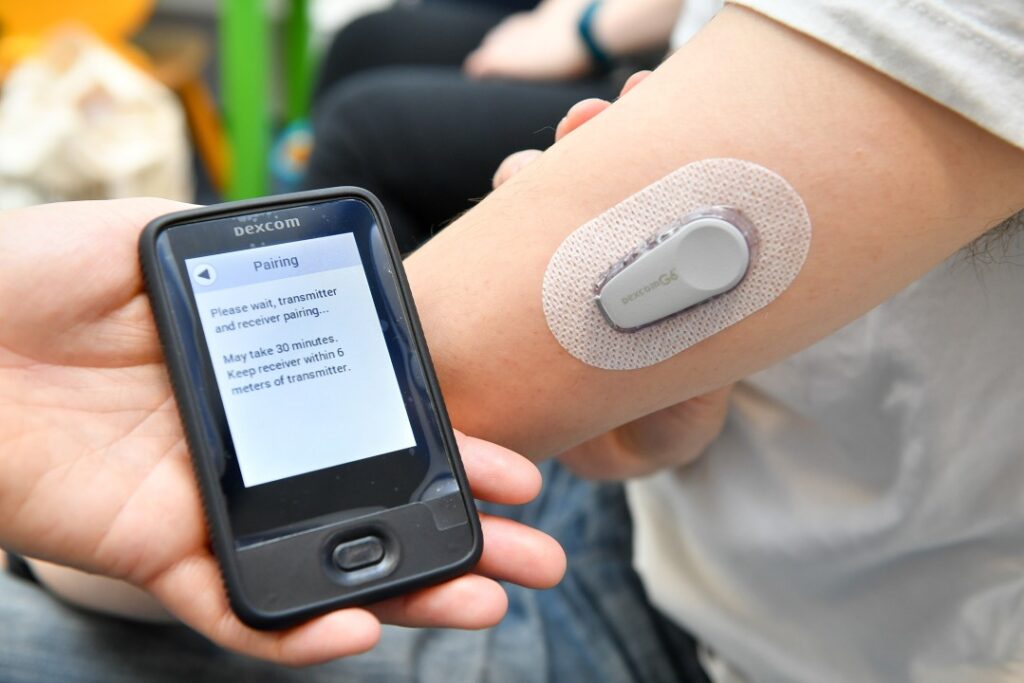Introduction:
Type 1 diabetes (T1D) patients leveraging technology for glycemic control often see these devices as integral to their well-being, yet financial constraints pose a significant hurdle. A recent study, featured in Diabetes Research and Clinical Practice, explores how advanced technologies enhance glucose management and the barriers they pose for T1D patients.
Understanding the Significance of Advanced Technologies:
Patients with T1D who embrace advanced technologies for glycemic management deem them vital for sustaining healthy glucose levels, alleviating daily life limitations, and enhancing overall quality of life.
Exploring Diabetes Management Technologies:
Advanced diabetes management technologies encompass insulin pump therapy (IPT), real-time continuous glucose monitoring (RT-CGM), intermittently scanned CGM (isCGM), and integrated systems offering controlled automated insulin delivery. Despite their commercial availability, most adults with T1D still struggle to meet the hemoglobin A1c level recommendations of the American Diabetes Association.
Priorities and Barriers: A National Survey in Australia:
To gain insights into the priorities and challenges associated with these technologies, a team of Australian researchers conducted a national survey. Their objective was to understand the perspectives of T1D patients who currently use or have used technology to manage their glucose levels. This included assessing their priorities and barriers related to accessing, selecting, understanding, and optimally utilizing diabetes technologies. Fill out this form to see if you or a friend qualify for Continuous Glucose Monitors.
Survey Insights:
The survey, co-designed by adults with T1D, encompassed 3,380 participants, with a mean age of 44.5 years and nearly 62% being women. Among the patients currently using a device, the majority (67.7%) favored RT-CGM, followed by IPT (56.2%), and isCGM (30.5%). Patients with previous device experience predominantly reported using isCGM (34.3%), followed by RT-CGM (18.5%), and IPT (4.5%).
Read Guide about Wegovy Dosage Guide: The Best Way For Weight Loss
Technology’s Vital Role:
The majority of respondents emphasized the significance of technology in maintaining target glycemic levels, with 98.3% regarding it as “important” or “extremely important.” Furthermore, 92.7% recognized technology’s role in reducing the severity and frequency of hypoglycemia.
Well-Being and Affordability:
Participants with current or previous device experience reported substantial improvements in well-being, with 70.8% of IPT users, 75.7% of RT-CGM users, and 58.0% of isCGM users stating that their devices significantly enhanced their overall health. However, only a small fraction believed their devices were affordable, with 14.0% of IPT users, 11.5% of RT-CGM users, and 17.0% of isCGM users concurring.
The Affordability Challenge:
The study’s findings suggest that perceptions of limited affordability are associated with heightened emotional well-being attributable to past users of IPT and Real Time-CGM. This highlights the critical role of financial constraints in discontinuing technology use, as opposed to perceived device inadequacies.
Preferred Learning Modalities:
When asked about the best way to learn to use their devices, most participants favored face-to-face or self-paced online module training. Diabetes nurse educators (87.1%), individuals with diabetes who use the technology (64.0%), and endocrinologists (52.0%) were considered the most suitable individuals for providing device training.
Study Limitations and Global Relevance:
While the study had certain limitations, such as the lack of verification for self-reported device use and grouping all IPT devices together, its findings underscore the issues related to access, equity, and education. The authors emphasize that these findings hold relevance beyond Australia, especially as technology adoption and patient expectations continue to evolve.
Conclusion:
Issues related to access and affordability remain prominent in the realm of diabetes management technology. As these devices become more attractive and beneficial to consumers, addressing these challenges is imperative not only in Australia but globally.


